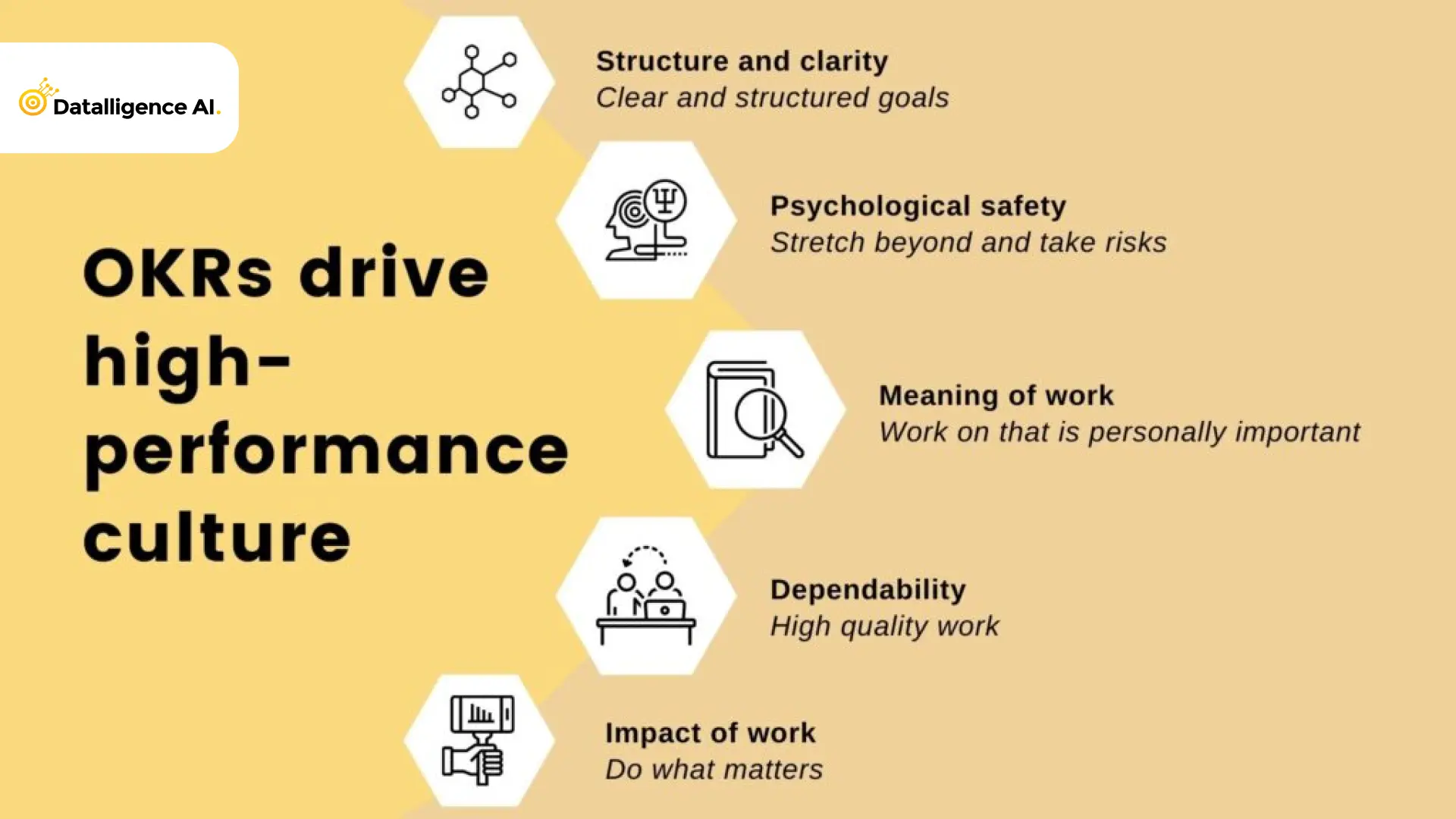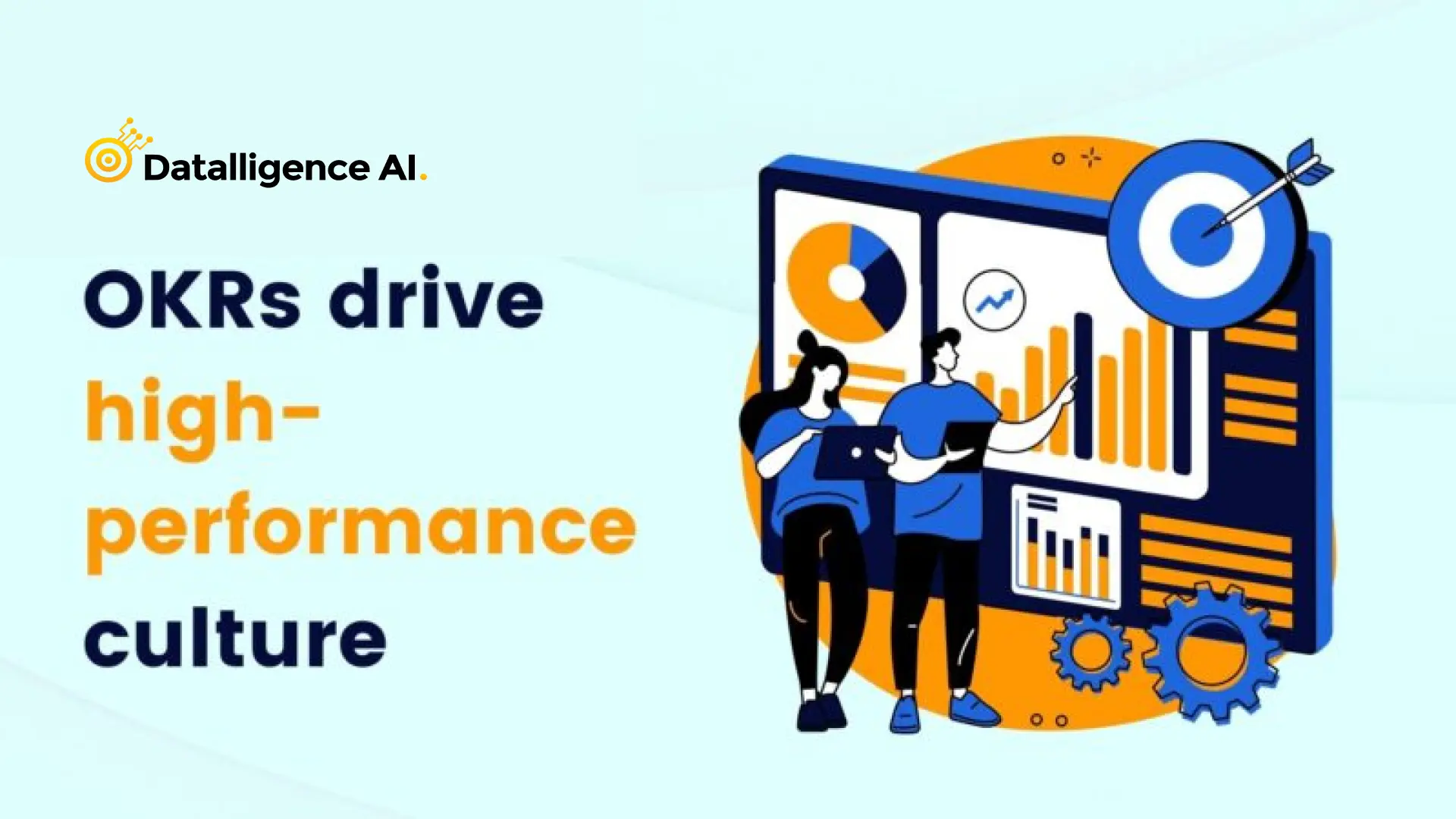94% of entrepreneurs and 88% of job seekers say that healthy workplace culture is vital for success.
A lot rides on the organizational culture, and this is why. Organizational culture is the sum of the standard practices with which an organization functions with. Also known as the corporate culture, it includes the way of thinking, experiences, the belief system as well as all future expectations. They are externalized through the training given, office environment, team interactions, meetings, and how authority presents themselves. These values and etiquette are then subconsciously internalized by the employees just by being a part of the organization. In an organization, culture is not just a part of the system; it is the entire system which includes performance, principles, communication, and teamwork etc.
It is thus not far-fetched to say that the culture is like the operating system for an organization. In other words, organizational culture is the collective behaviour of its employees, and the organization becomes the collective capacity of those employees. Creating value is the primary function of any organization. So, the more the value, the better the achievement rate for that goal. The path to creating more value is via enhancing the performance of the organization. The culture that enables superior performance/results is called a high-performance culture.
There are a few questions that would come to mind in this aspect.
- Are the organizations with a high-performance culture dependent on performance or results? What would decide their success?
- If not this, what else would be taken into account?
- How to create a high-performance culture?
- How long does it take to achieve a high-performance culture?
- Does OKR play a role here?
- If so, how can OKR help to attain a high-performance culture?
This article answers all the above questions while also getting little in-depth on high-performance culture and its attainment by means of the goal-setting framework like OKR. Its body of content aims to give leaders insight into critical business practice and solutions to crucial pain points for business success.
It is not just about results
A company’s success does not depend on the result alone. Like we discussed earlier, it includes performance, principles, communication, and teamwork. Employee experience in the organization is another critical ingredient. The career growth and long-term success of the employee and organization are considered when talking about high-performance companies.
A high-performance culture ensures productive, motivated, and engaged employees. It helps avoid stagnation and move towards growth and competitiveness. Therefore, high-performance companies are those that achieve financial and non-financial goals for a long time over their peers and competitors. While leadership and discipline are among the most important factors that enforce the performance culture, organizations should be aware that they are not the only factors. When the employees do not get a chance to participate in certain goal-setting activities, they tend to feel suffocated by the rules set for them.
On the other hand, a well-articulated strategy combined with discussions provides the opposite effect of hierarchy and rules. They give closure to the employees and make them accountable on multiple levels. When discipline is encouraged positively, there is no need for bureaucracy; and when the leadership is communicative, there is no need for excessive force.
Advantages of OKR high-performance Culture

Giving closure to the employees on the organization’s goals and objectives and thereby improving their performance is the OKR methodology. Objective and Key Results (OKR) goal-setting framework, which demands clearly defined objectives and expected results, is mainstream from the inception of Intel to late 90s Google.
Advantages of performance management OKR
Singular Alignment With OKR
OKR warrants the alignment of employee goals with the objective of your business. In most organizations, more often than not, the CEO sets the goals for everyone. In such a scenario, the employees are unaware of how they fit into the bigger picture. The singular alignment will make way to a particular direction of focus for all of the employees. Aligning the personal goals of the employees with the vision and mission of the company is vital. From planning OKRs to their eventual execution, all parties, from managers to the low-tier workers, tie their day-to-day activities to the company goals. Thus, your business will be focused on what matters with the help of OKR, thereby improving performance. Companies with highly aligned employees are contenders to be the top performers, says Harvard Business Review.
Agile with OKR
Sustainable organizational performance is the harmonization of the company’s as well as employee objectives while delivering core business values. The efforts put in by the employees should not deteriorate in time. Sustainability is a highly challenging task in today’s shifting paradigm. It could get affected by various factors such as the market crash, changing consumer behaviour, or a worldwide pandemic. They can instantly affect your business and may demand a goal reset. If sustaining performance is this hard, think about what is required to excel your performance from your competition. Your entire workforce needs to be agile. The employee should be able to adapt to any situation. With OKR, you can set daily and weekly goals for your employees instead of them chasing the long-term goal dictated by the manager. Therefore, even in the changing environment, employees have step-by-step clarity, leading to sustained performance within every level of your organization.
Measurable performance with OKR
OKR is a quantifiable management methodology. Unlike other methodologies, you can measure the success of your objectives with the benefits that come from them. These benefits are called Key Results or KRs. With KRs, your employees can really know what success might look like. Any given objective can have a maximum of three KRs (preferably). This again gives clarity in what is expected to be achieved for your employees, and clarity always leads to an increase in performance.
Transparency With OKR
Transparency is one of the key abilities to have an aligned goal-setting framework. With OKR, progress made by every employee is updated constantly. These goals can be viewed by anyone in the organization, depending on how the privacy settings are placed. Because of this, everyone in the team holds themselves accountable. In case the task is not aligned with company goals, regular checks can ensure course correction early on, thus saving time and effort. Thus, the focus is always towards what matters the most to the entire organization. Every little task matters. OKR, through its transparency, promotes accountability and teamwork, which are factors that enhance the performance of your organization.
Conclusion
OKRs drives a high-performance culture in its strategy and execution. All the deciding advantages of a successful business from OKRs such as regular check-ins, assessment, and course correction positively impact the organization’s performance. The OKR and performance management of an organization allows for a holistic cultural shift. If you wish to implement OKR in your organization to drive a high-performance culture, dedicated OKR software is the best and easiest option. You need software that helps provide contextual feedback, brings a 360-degree view of the goals, and ensures that everyone participates.
Try the Datalligence OKR management software trial and get to first-hand how the program benefits the high-performance culture.










